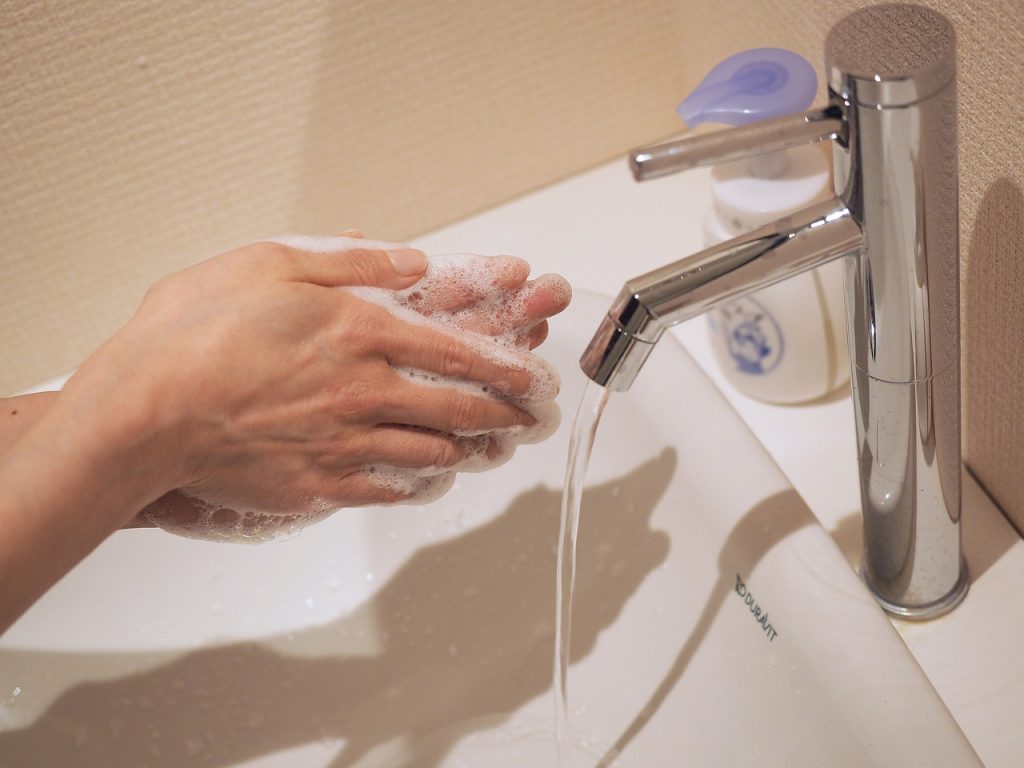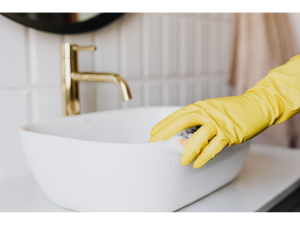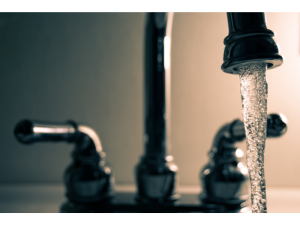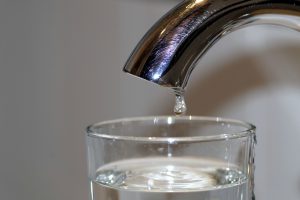Is the water pressure from your showerheads too weak? Does your washing machine take too long to fill? Is water starting to drip out of the faucets? If this is the situation in your home, then you may be experiencing low water pressure. While it is a common problem in most homes, it can not only be time-consuming but also frustrating. Tasks that should take a few minutes can take significantly longer or become impossible to even carry out. Luckily, you can increase water pressure levels in your home without breaking the bank.
Let’s see how you can test the water pressure in your home
To test water pressure, use a test gauge that has a hose connection. Before you proceed, ensure that all the faucets in your home as well as any appliances that use water such as showers and dishwashers are turned off. A reading of 45 or 50 psi indicates that your area is experiencing water pressure issues while a reading of 60 indicates that the water pressure is good.
If a test gauge is not available, you can use a one-litre jug and a timer to test the water pressure in your home. After ensuring all appliances that use water are not running and all taps are off, turn one cold tap on at full power and time how long it takes to fill the one-litre jug. If it takes longer than seven seconds to fill, then you have water pressure issues in your home. To ensure you get it right, test the water pressure at different times, in the morning and the evening. This is because the pressure can drop during certain times due to a higher demand for water.
Here are 8 tips on how to increase water pressure in your home
-
Check your source of water
After you ascertain that there is a water pressure problem in your home, talk to your local water department. This is because the pressure problem could be caused by factors that are beyond your control such as corrosion, build up and leaks in the municipal water system. Also, check whether you are receiving the recommended residential water pressure.
If you receive your water from a private borehole or pump, ensure that the pump is working perfectly. Also, ensure that the water level in the borehole or well is not affecting the pressure issues in your home.
-
Check the water flow rate
The water flow rate is the amount of water that is delivered in a given period through the pipes. It can significantly decrease the pressure of water in your water system. Water flow rate is derived as gallons per minute (GPM).
Take, for instance, in a home with a 12 GPM flow rate, the water system can supply 12 water gallons in one minute. Depending on the water usage in your home, this can impact the water pressure. If, say, the washing machine is using 8 GPM and the shower 7 GPM, the total demand is 15 gallons per minute. As such, the 12 GPM is insufficient, causing low pressure in the system.
-
Adjust the pressure-reducing valve
If your home has low water pressure, start by adjusting the pressure reducing valve. To increase the pressure, loosen the valve’s lock nut and turn the bolt clockwise. Once you ensure that the pressure is within bounds, retighten the locknut.
-
Install a pressure booster
Installing a pressure booster is an excellent way to increase the water pressure in your home. These are powerful water pressure booster pumps that work by increasing the incoming pressure. Booster pumps are vital where the water supply is affected by distance and gravity. For instance, if the water in your household is supplied via an uphill path or a distance from the water source, its pressure can be reduced. However, you will need to use the services of a qualified plumber to handle the installation.
While there is a wide variety of booster pumps in the market, ensure you choose a booster pump that is best suited to the needs of your home. Even better, have a qualified plumber inspect the water pressure needs in your home and help in recommending the booster pump.
-
Are there leaking pipes in your home?
Leaking pipes in your water system could be the cause of low water pressure. As such, checking for leaks and ensuring that they are prevented could increase the water pressure in your home. If you are unsure of whether there are leaking pipes in the house, shut off all faucets indoors and turn off the water valve. Note the water meter reading and retake the water meter reading after three hours. If there is an increased reading, then there is a leaking pipe in your water system. Since this can be difficult to repair yourself, get the services of a qualified plumber.
-
What is the condition of your fixtures and plumbing?
Unknown to many, plumbing mistakes tend to be more expensive in the long run. Always check whether your water pressure issues are affected by the plumbing system. If you only have water pressure issues, say in the kitchen, you need to investigate the plumbing and fixtures issues in the kitchen. This could be a clogged pipe that is hindering the flow of water.
And other times, the faucets can get clogged and affect the flow rate. Also, ensuring that the pipes are not clogged can eliminate low water pressure issues. However, always ensure that you get a qualified plumber to undertake these checks.
-
Check out for blocked pipes
Blocked pipes can significantly decrease the pressure of water in your home. A major sign of blocked pipes is a decrease in water pressure in some taps. Also, if the water pressure is fine after a tap is turned and diminishes after a few seconds, your pipes could be blocked. Blocked pipes can either be unclogged or replaced.
Also, ensure that the filter in the modern mixer taps is not blocked due to limescale.
-
Corroded plumbing
If using galvanized steel pipes, your water system is more prone to corrosion over time. This, in turn, reduces the water pressure in the system. If your steel pipes are corroded, it is wise to replace them. Opting for superior copper or plastic pipes will serve you better and longer. However, ensure that the pipes are replaced by a qualified plumber. While DIY may seem like a fun or a cheaper option, you may not improve the water pressure issues if the pipes are poorly installed.




